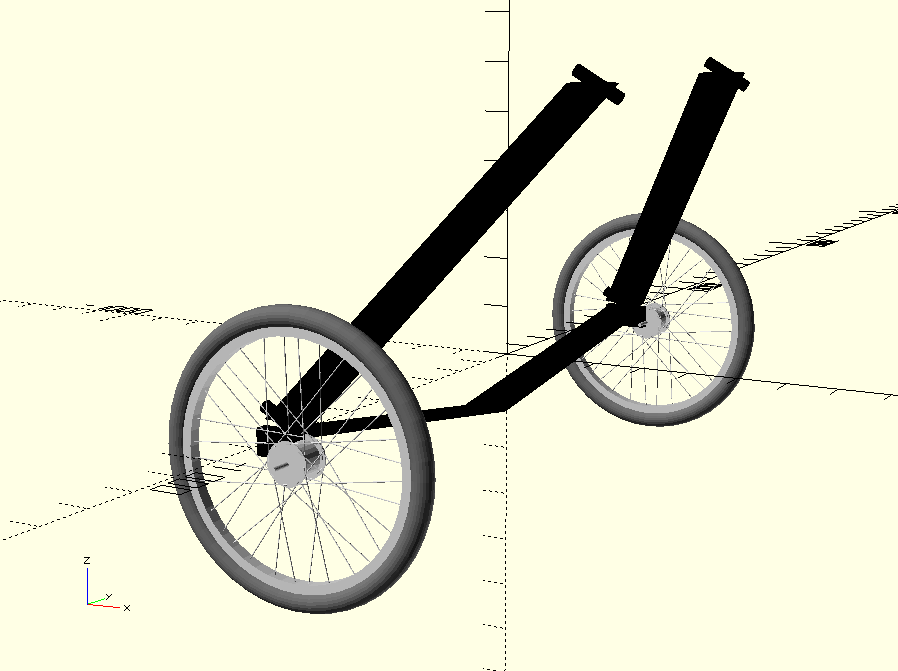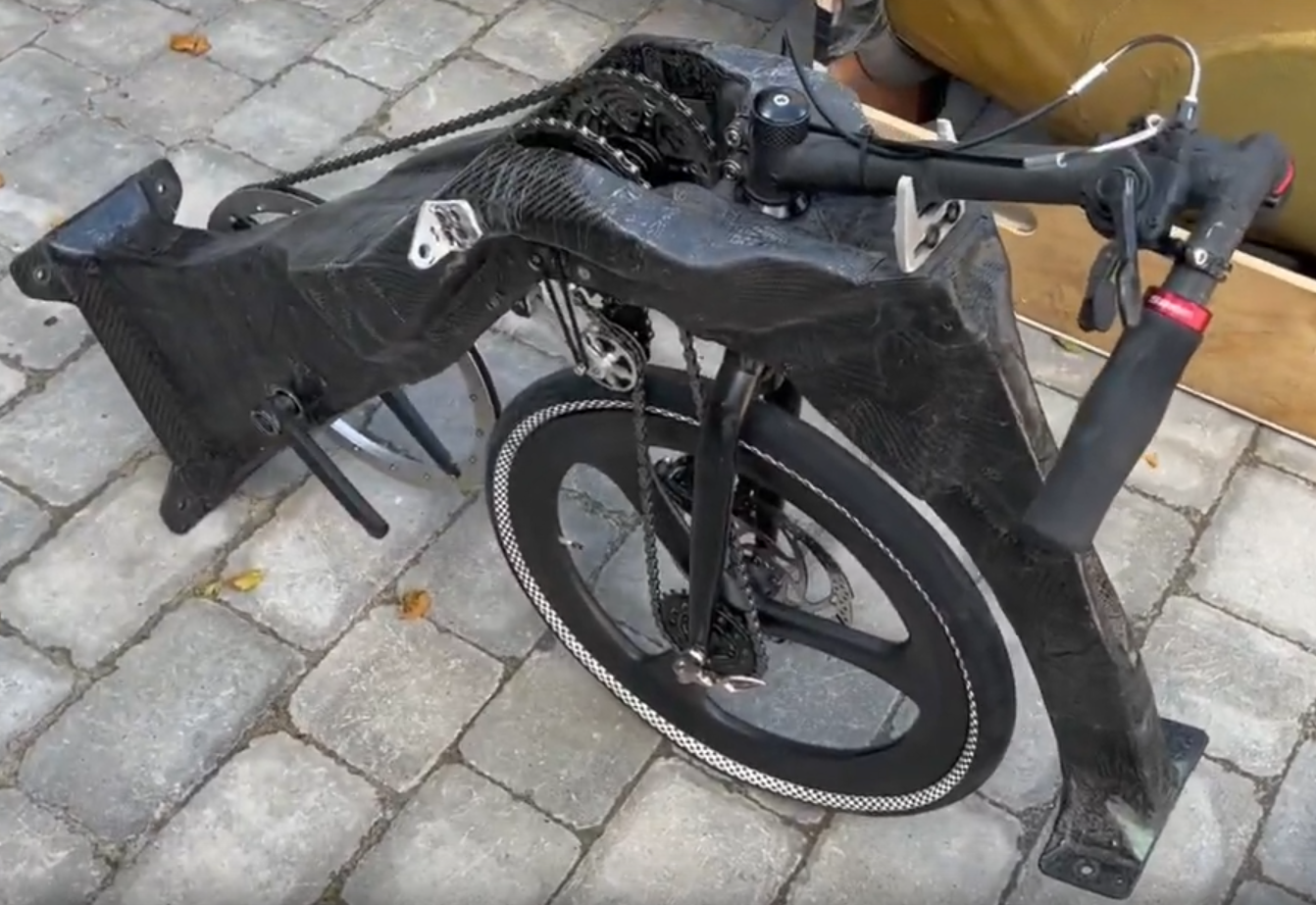Details, details
Details, details
Thinking about how the tricycle will go together means thinking about a lot of details. One of the first thing that needs thinking about in detail is the four-bar linkage, since if that does not work the whole idea does not work and there's no point in investing quite a lot of money in laying up the hull.

Drawing the tricycle
Drawing the tricycle
I have, as I wrote in my last post, real difficulty with learning 3d modelling software. Every system I've tried has a really steep learning curve, the commercial systems are extremely expensive making them very hard for me to evaluate, and some of my cognitive quirks just get triggered when trying to use them.
Things which are blocking the tricycle project
Things which are blocking the tricycle project
The tricycle project is extremely experimental and ambitious. It may not work at all. It may work technically, but I may not like it. It may work technically, but I may not be well enough to make use of it. If I commit to it, it will cost all my spare resources of both time and money for probably a year.
So let's once again lay out the things which are, for me, at present, blocking it, and consider whether those are reasonable; and, as part of that process, consider the steps and milestones which are needed to achieve a working vehicle.
Rethinking the tricycle drive train
It's almost a year since I last wrote anything about the tricycle project, but I haven't fortgotten it. Today, I've been rereading my posts on the design, and especially this one. I've been looking again at this picture, of Seventy Seven's removable front subframe which carries its front wheel, steering, and transmission systems; and I've been thinking. This will be a short post documenting my thoughts.

Firstly, the removable subframe is a win: it makes it so much easier to work on, and to replace if necessary. The downside to that is that there must be a weight and strength cost to having it removable.
Initial thoughts on Friendica
If you've been browsing through your Mastodon feed, and you come upon a post with nice formatting — perhaps words emboldened or italicised, perhaps with an embedded link — and you've wondered how that post was written, the answer may be Friendica.
I've only been using Friendica for a few days, so this is a very preliminary review. It's a big complex system with a lot of configurability, which I certainly have not mastered yet.
What is Friendica? It's one of a number of alternative federated social network server programs which share a common interoperating protocol — ActivityPub — with Mastodon. This collectivity of servers running heterogeneous software but sharing the ActivityPub protocol is informally known as 'the Fediverse'. Because Friendica is a program, and open source, there are many Friendica instances, if rather fewer than there are Mastodon instances. Because they share a common protocol, users on Mastodon instances can follow users on Friendica instances (provided they federate with each other), and vice-versa. But Friendica offers a substantially richer (and conceptually quite different) user experience than Mastodon. While Mastodon is by conception quite Twitter-like — a continuous stream of short, by default unformatted, posts, presented to you in the order in which they have most recently been interacted with by someone you follow, Friendica is said to be rather more Facebook-like (it's a long time since I've used Facebook, so I'm not sure to what extent this is true). Its presentation is fairly configurable but by default it shows posts in conversations, so you shouldn't ever see a post which is out of context.

